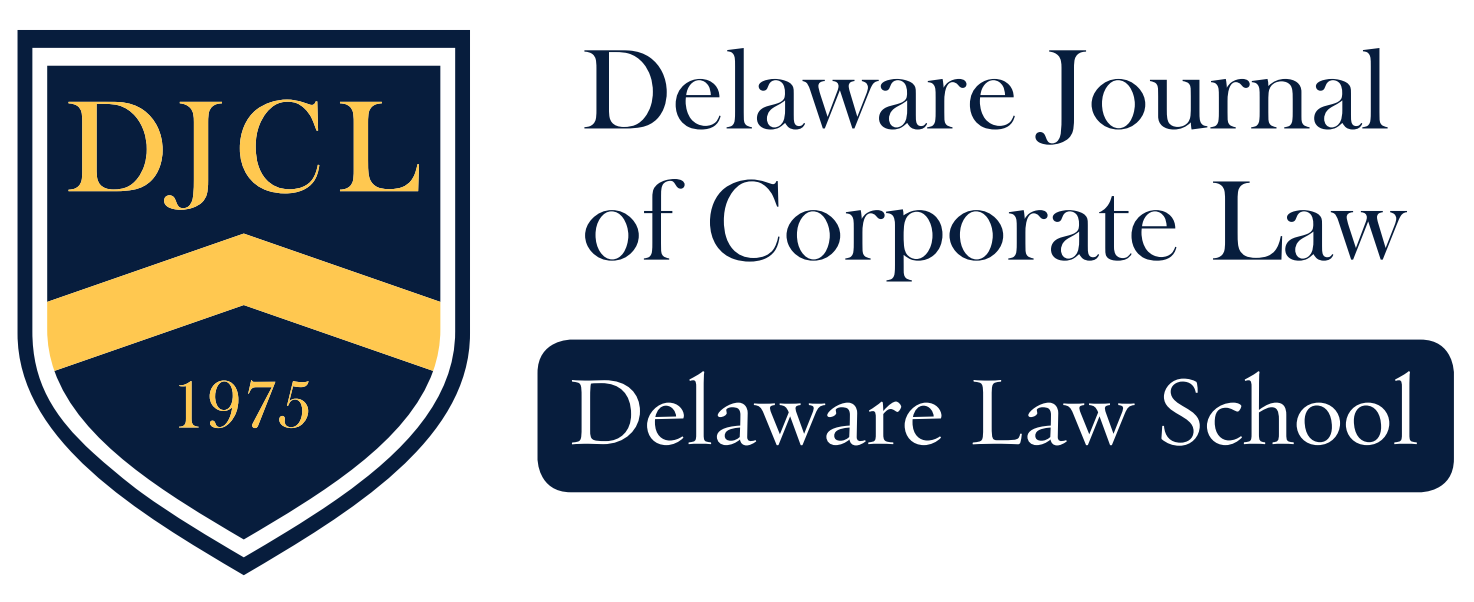Cybersmear II: Blogging and the Corporate Rematch against John Doe Version 2.006
Charles B. Vincent
Blogging, the act of posting a regular journal on the Internet, has quickly become one of the most prevalent methods for obtaining and disseminating decentralized information. In part because the barriers to creating a blog are virtually nonexistent, a person can write about anything, from the weather in Tonga to how Company X’s president typically handles a controversial client. Given the lack of limitations in the content of a blog and the increasing number of people who use them, corporations are finally realizing the marketing potential behind this latest technology. Simultaneous to trying to harness the marketing power of blogging, corporations have begun to develop methods to control their constituents’ (including employees) use of them.
When a company has been cybersmeared, e-defamed, or virtually abused by someone through a blog, decisions have to be made to determine the most effective way of countering the attack. Where the attack comes from an anonymous source, the company must first tackle the problem of determining who smeared them. This note explains the standards a court may apply when a cybersmeared company seeks to discover the identity of a John Doe. This note also suggests that the summary judgment standard, recently imposed by the Delaware Supreme Court in such cases, clearly, adequately, and most fairly balances the corporation’s interest in obtaining relief against John Doe’s First Amendment rights.
